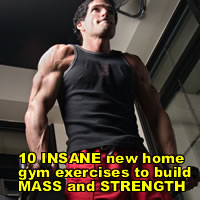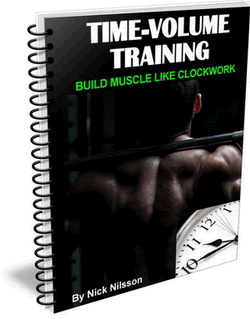By Jane Sandwood
By the year 2040, seventy-eight million American adults are expected to be diagnosed with arthritis, according to The Center for Disease Prevention and Control website.
Right now, 40 million USA residents live with arthritis symptoms. Arthritis affects people of all age groups, including children, so it’s not just a health problem of the elderly. Regular exercise plays a pivotal role in the management of arthritis symptoms, by decreasing joint pain, increasing energy levels and boosting flexibility and strength.
When you learn more about what arthritis is, discover the best exercises for easing arthritis symptoms and perform these exercises regularly, you’ll be doing what is best for your body.

Important information about arthritis
This health condition is characterized by joint inflammation, according to Healthline.com. It may impact a single body joint or multiple body joints. Over 100 forms of arthritis exist, and they have different causes and treatment plans. Rheumatoid arthritis and Osteoarthritis are the most common forms of arthritis.
Getting daily exercise will be ideal, as doing so will provide cumulative results, according to the Arthritis.org website. Intensity should increase over time, as strength and endurance increase. Some forms of exercise are more beneficial than others.
Best exercises for people with arthritis
A fitness regimen that includes balance exercises, movements which boost muscle strength and low-impact, aerobic workouts is recommend. This three-pronged approach to fitness will provide the most fitness benefits. It may also help to relieve the symptoms of arthritis, such as swelling and pain. With your health and wellness in mind, let’s look at some exercises that help people with arthritis to feel better.
Standing leg lifts are good balance exercises
This balance exercise targets the buttocks and hips. Standing leg lifts enhance strength, stability and balance and decrease impact upon the knees. To perform a standing leg lift, stand up against the wall, raise one leg to one side, without rotating your toe to its side, and keep your toe pointed forward. Don’t lean to the side of your body that isn’t moving. Then, lower the raised leg. Do fifteen to twenty repetitions.
Squats with resistance bands boost muscle strength
Squats with resistance bands may be performed at home and they help people with arthritis to develop more muscle strength.
To perform this exercise, take one handle of a resistance band in one hand and the other handle in the other hand. Hold the handles in front of you. Each handle should be at the same height. Then, step on your resistance band. Next, stand up as straight as you can, while still holding onto the resistance band handles. As you prepare to do the squat, ensure that your core and abs are upright and tight.
The next step is bending your knees just a bit. After you’ve done so, bend in a forward direction, just a little, from your hips, and then bend the knees. Your back should be rigid. Your head and shoulders should be up. During this part of the squat, your kneecaps should go past the ends of your toes.
Visualize sitting down in a chair that is right behind your body. When you get the feeling that you might tip over, in a backward direction, it’s a sign to hold the movement for a couple of seconds. Once these steps are complete, you should raise yourself up slowly, by utilizing your heels to push your body upwards. Shoot for ten to fifteen repetitions per workout.
Elliptical machines are good low-impact, aerobic options
To round out your workout plan, add low-impact and aerobic exercise, by using an Elliptical machine. Training on this type of machine will allow you to strengthen your bones, without putting a lot of impact of your knees. Many people who struggle with arthritis have knee problems.
To use one of these machines, which are available at gyms and for home usage, step on the piece of exercise equipment while facing its monitor and then start pedaling. Your pedaling will turn on the machine. Begin to pedal at an even speed and don’t lock up your knees. Vary your directions on the machine’s pedals and utilize the swing arms for a full-body workout. Boost resistance and incline if you want more challenge and intensity.
You may want to begin with ten or fifteen minute workouts and lengthen your training time once you develop more endurance.
Plan a new fitness routine today
Now that you know more about arthritis, have discovered some amazing exercises that build fitness as they help to ease symptoms of arthritis, and understand the benefits of regular exercise, why not plan a new fitness routine today?
When you do balance exercises, as well as muscle-building exercises and low-impact, aerobic exercise, you’ll access health benefits which are cumulative. Working out is important. It’s one of the keys to managing arthritis symptoms and feeling your best.
![]()
More From Fitstep.com
| How Do I Build a Bigger Butt? | |
| How to Spot Reduce Stomach Fat | |
| How I Got My Butt Kicked By a 68 Year-Old Woman | |
| Get a Ripped Six-Pack With Abdominal Sit-Ups |
Share This Page...
---
Home -> Fitness For Beginners -> Articles -> Fitness and Arthritis



